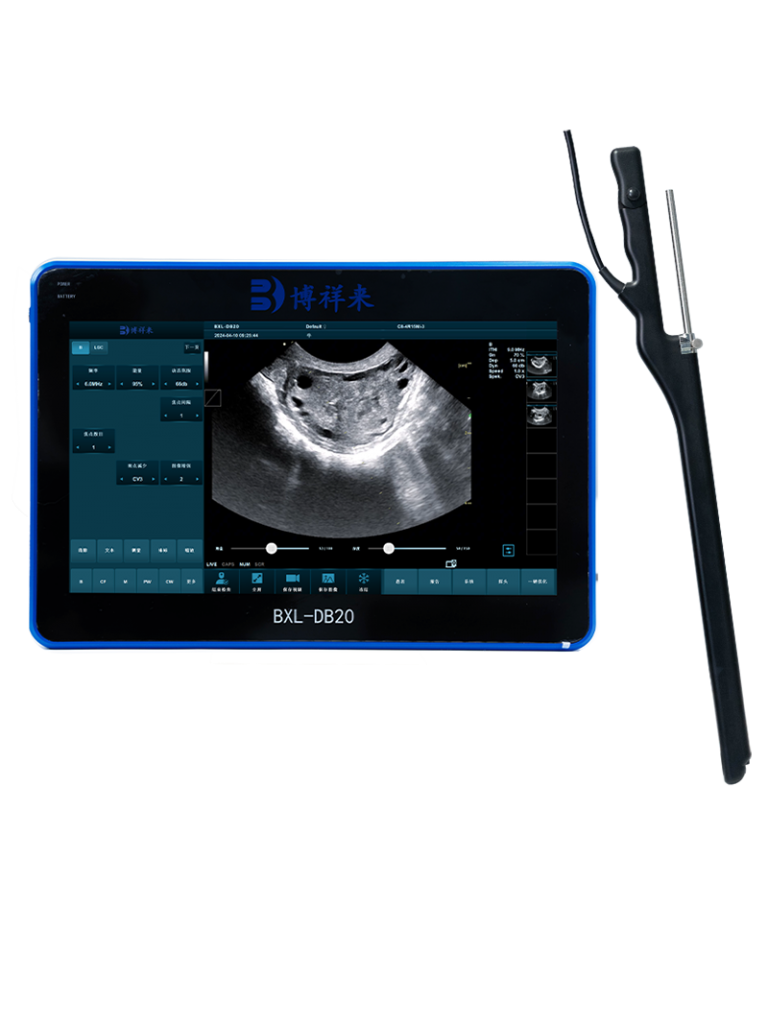Precision Health: Ultrasound Techniques for Popular Beef Cattle Breeds
In modern livestock management, precision health technologies are essential tools for maximizing productivity and ensuring animal welfare. One such tool is veterinary ultrasound—an efficient, non-invasive method for assessing reproductive health, monitoring fetal development, diagnosing illness, and evaluating musculoskeletal integrity in beef cattle.

As beef producers increasingly focus on animal performance, breed-specific productivity, and sustainable practices, ultrasound is becoming an indispensable part of herd health programs. This article explores how ultrasound techniques are used across popular beef cattle breeds, offering practical insight into improving decision-making on the farm.
Understanding Breed-Specific Considerations
Each beef cattle breed exhibits unique anatomical and physiological traits that may influence how ultrasound is applied. Whether managing Angus for their superior marbling genetics or Simmental for their rapid growth and feed efficiency, understanding these breed-specific differences helps optimize scanning procedures and interpret results more accurately.
For example, Bos taurus breeds such as Angus, Hereford, and Charolais tend to have more subcutaneous fat than Bos indicus breeds like Brahman. This can affect image clarity and requires proper adjustment of probe frequency and depth settings. Breed also influences the timing and frequency of reproductive scanning—some breeds are earlier maturing or more seasonal in their reproductive cycles.

Applications Across Key Beef Breeds
-
Angus
Angus cattle are globally prized for their marbling and fertility. Ultrasound is frequently used to assess carcass quality traits such as backfat thickness, ribeye area, and intramuscular fat. Early pregnancy diagnosis via transrectal ultrasound (as early as 28–35 days post-breeding) helps shorten calving intervals and improves breeding strategies. -
Hereford
Herefords, known for hardiness and maternal traits, benefit from ultrasound in monitoring gestation and tracking ovarian activity during breeding soundness exams. Accurate detection of twins—more common in some bloodlines—can reduce complications during calving. -
Simmental
Simmentals excel in growth rate and frame size, making fetal age estimation and skeletal measurement critical when using ultrasound. Producers use growth monitoring to manage nutritional strategies during gestation and reduce dystocia risk at calving. -
Charolais
Charolais cattle, favored for lean muscle development and carcass yield, often undergo ultrasound evaluation for muscle scoring. Scanning ribeye area and muscle depth supports genetic selection in terminal sire programs. -
Brahman
Brahman and other Bos indicus breeds are adapted to hot climates and are increasingly integrated into crossbreeding systems. Their thicker skin and looser connective tissue may require higher ultrasound frequencies and a firm scanning hand. Ultrasound assists in monitoring ovarian activity during timed AI (artificial insemination) protocols, which are often more sensitive in Brahman-influenced herds.
Best Practices for Field Application
-
Equipment Selection: Use portable, rugged ultrasound systems with probes designed for large animal applications. A linear probe (5–7.5 MHz) is typically ideal for reproductive exams; a convex probe may be used for abdominal evaluations.
-
Animal Restraint: Safe and low-stress handling ensures accurate results. Use squeeze chutes or headgates to limit movement.
-
Hygiene & Maintenance: Clean probes between exams and use disposable sleeves to avoid cross-contamination.
-
Image Interpretation: Veterinarians or trained technicians should perform and interpret scans. Consistency in data collection is key to meaningful results.

Benefits to the Operation
Implementing routine ultrasound diagnostics in beef operations offers several economic and management advantages:
-
Improved reproductive efficiency through early pregnancy detection
-
Reduced feed costs by culling open cows sooner
-
Enhanced genetic selection based on carcass data
-
Reduced calving complications through fetal monitoring
-
Better herd records and data-driven decision-making
International beef operations—from North America to Australia—are integrating ultrasound as part of herd health protocols, aligning with trends in traceability, sustainability, and animal welfare.
Conclusion
Ultrasound is a powerful addition to the beef producer’s toolkit. When properly applied, it strengthens breed-specific management, enhances reproductive outcomes, and supports genetic progress. For those aiming to scale productivity while respecting animal care, this technology offers a clear and measurable advantage.
References:
-
“Ultrasound Pregnancy Diagnosis in Cattle” – Iowa State University Extension and Outreach. https://www.extension.iastate.edu/veterinarydiagnosticlab/ultrasound-pregnancy-diagnosis
-
“Application of Ultrasound in Cattle Reproduction” – University of Florida IFAS Extension. https://edis.ifas.ufl.edu/publication/AN300
-
“The Use of Ultrasound to Improve Carcass Merit in Beef Cattle” – Oklahoma State University. https://extension.okstate.edu/fact-sheets/the-use-of-ultrasound-to-improve-carcass-merit-in-beef-cattle.html





